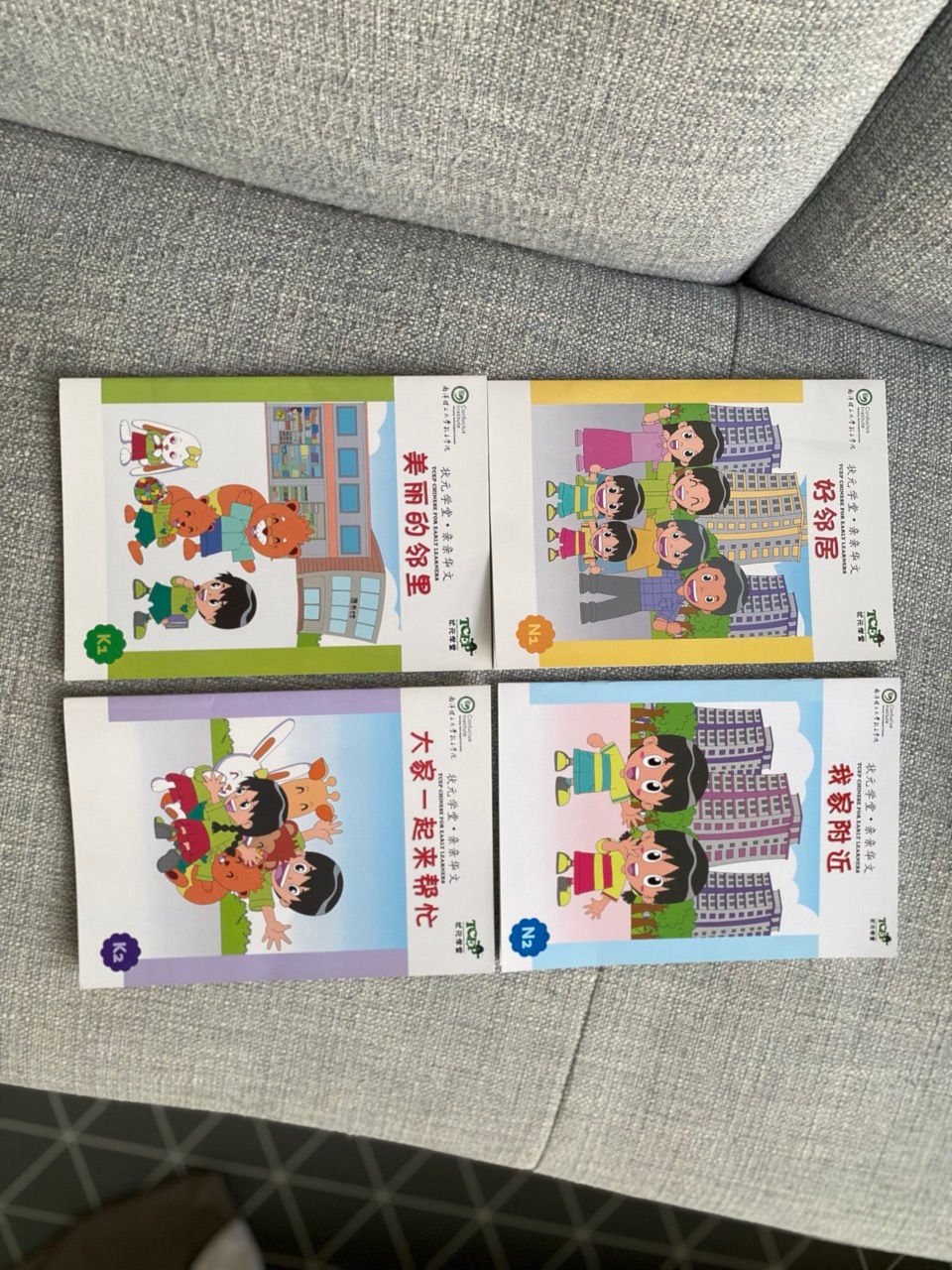How our activity packs work
- Hummus Education
.png/v1/fill/w_320,h_320/file.jpg)
- Jun 15, 2023
- 3 min read
Updated: Sep 5, 2023
Five points to summarize:
The most important item in each pack are the voice interactive stories- there are 15 of them per pack.
These stories are accessible by scanning the cards in the activity pack using our mobile app.
The stories are split into 3 levels (5 per level), with varying difficulties.
The stories can be read repeatedly on our mobile app.
Activity packs come with additional materials like stickers or clay paint that serves as add-on materials if caregivers wish to follow up with pre/post story engagement that is off-screen.

🤔 What are voice-interactive stories?
Voice-interactive stories as its name suggests, encourages the child to speak up/verbalize their thoughts as the story progresses. In every story, there are “interaction” points where the child will be asked questions, their thoughts or to make a selection of certain options.
Here’s an example drawn from one of the Level 1 stories in our “Hatch me if you can (神奇魔法蛋)” pack. Kale, our protagonist, is trying to hatch a magic egg he finds by burying in a sandpit.

He asks “Should I use a spoon or spade? (我应该用铲子还是汤匙呢?)”
Depending on what the child verbalizes, the story unfolds accordingly, by acknowledging that using a spoon may take a bit of time or ‘That’s a great suggestion to use a spade!’.
👍 Advantages of learning through speech (voice interactions) - backed by research
😉 Supports language development and build confidence as early as possible- speech is one of the earliest manifestations of language learning, before reading and writing.
😉 Children, especially those ages below 6 years old, learn optimally through ‘engaging interactions’ where the child gets to respond and in turn, gets a relevant response.
😉 Through realistic and engaging interactions, kids could practise their Chinese oral skills in a safe and stress-free environment (right at home).
But what if….
😟 My child’s Mandarin is not good and he/she sounds like a ‘potato’/has an accent
✅ Fret not! We want to get children to enjoy and see the value in speaking Mandarin, not be penalized for “sounding wrong”. Our stories are designed to progress yet still giving a neutral/encouraging response to get the child trying.
----------
😟 My child does not even want to speak in Mandarin.
✅ It takes time and it starts with us! As Singaporeans, we may be very used to being “efficient” and expect “instant results” (which is good), but child development is a marathon and every step along the way adds on. Start by getting them to watch the stories, nudging them/helping them to answer the questions.
As children are “not penalized” in our stories (it is fun, not a test!), they will soon get comfortable and start speaking up. Here is a blog post of how our Founder, Rachel, who is based in Melbourne, does it with her daughter.
----------
😟 My child answers in English.
✅ Don’t worry! Firstly, be assured that if your child listens in Mandarin, then answers in English, goes to show that he/she understands Mandarin. That’s a good first step.
Our stories will still progress by giving neutral responses. Your child is encouraged along the way and with positive encouragement, we hope to get them confident in speaking!
----------
😟 I (parent/caregiver) cannot speak good Mandarin.
✅ We don’t have to be proficient Mandarin speakers to be good role models! Children look up to their parents, and simply by showing interest/willingness to explore the language together.
If you are able to understand basic Mandarin, then do give our packs a try. Differentiated from other Mandarin resources, we focus on daily practical vocabulary, drawing references from objects around us, such as fridge, table and wardrobe. These aid in recall and reinforcement.
Give kids an incentive to speak more Mandarin with our fun activities
✔️Thoughtfully designed for children by educators and mothers (us 😉), with practical vocabulary and an intuitive flow.
✔️Almost like having a real conversation! Based on what your kid verbalises, appropriate response will then be given.
Have fun!




Comments